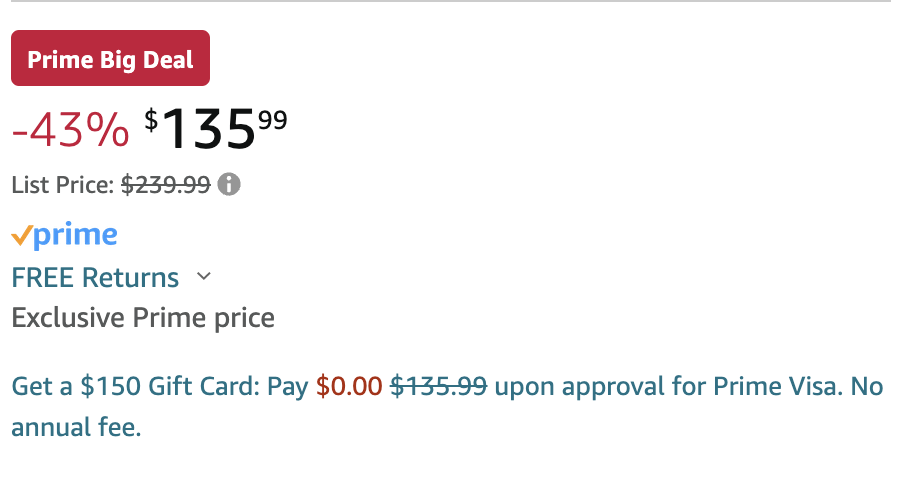Escape Career Frustration: Find Your New Niche
Finding a job in today’s market is hard. Without a professional network to help you identify unpublished jobs, it can be almost unbearable. The rules have changed. Dramatically so.
Become a member of YourCAREER Community today and accelerate your job search skills. Only $49 a month with no contracts! We are so sure you will find value in this network that we offer it on a month-to-month basis. Click here to boost your career and save big dollars over traditional career coaching engagements.
Worried About a Layoff? Create a Side Hustle
Layoffs are becoming an every Friday affair. As interest rates increase, businesses move to remain competitive by reducing costs — people. Now is the time to create a hedge against what could be a tumultuous economic cycle. The creator economy is a billion-dollar-a-day industry.
Now, here is the good news. You can capture your share of that revenue stream without the need a large capital investment, a building, or inventory.
Video is hot and if I can do it, so can you!
Check out this incredible PRIME price on this great camera at this incredible PRIME Discount.
Use this link to grab this incredible bargain today and begin to master videos to promote your brand and generate additional revenue on YouTube.
https://amzn.to/46LM2Yg


https://amzn.to/46LM2Yg Here is the link to save.
Avoid This Career Threat
Join YourCAREER Community to elevate your career and build strong professional networks. ” This is exceptional value for $49 a month.” — confidential job seeker
Visit our YouTube page and check the exceptional discount on a top-flight video camera to power your video blogs and YouTube posts to the next level.
29% discount for Prime Members.

Unlock Valuable Career Intel With ‘Office Hours’ Each Wednesday

YourCAREER Community debuts its first weekly Office Hours live stream at 4 p.m. on Wednesday. While this will become members-only content in mid-November, the initial sessions will be open to the public.
Each live stream will feature a subject matter theme, updates on recruiting, talent acquisition technology, and corporate strategies.
YourCAREER Community members can view the stream in the Community section. of the JohnGSelf GuidingYourCareer academy. Once you subscribe on the Community portal, the community page will appear on our course page. Membership includes access to the complete portfolio of our online, on-demand job search and career management courses, which comprise the outplacement curriculum.
Members will also receive significant discounts for our live one-on-one coaching for career strategy, outplacement guidance, and career planning.
We will debut our revised newsletter later this month, along with virtual events, webinars, and more intensive training in the form of job search boot camps.
The monthly membership is $49. This gets you access to all the courses, newsletter, live Office Hours, boot camps, and monthly SelfPerspective interviews with leadership and career management thought leaders.
Other content under consideration is an introductory to management course for new managers, special interest/industry specific meetups and seminars on subjects like the role of faith in leadership
